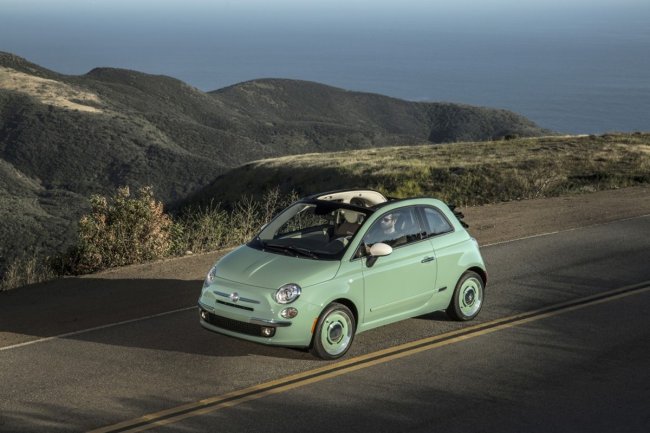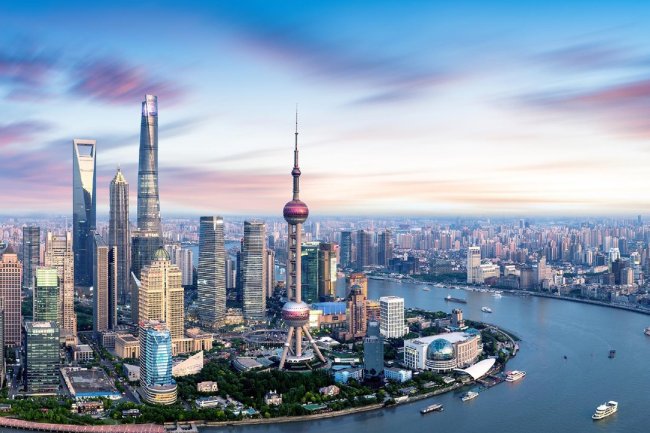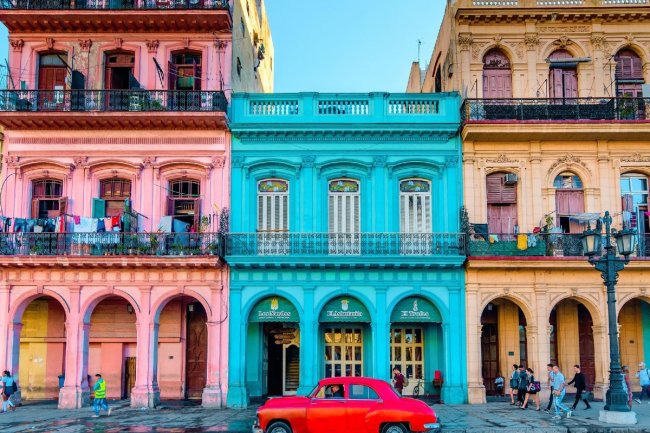Namibia, which will certainly surprise you
A trip to the most beautiful African country
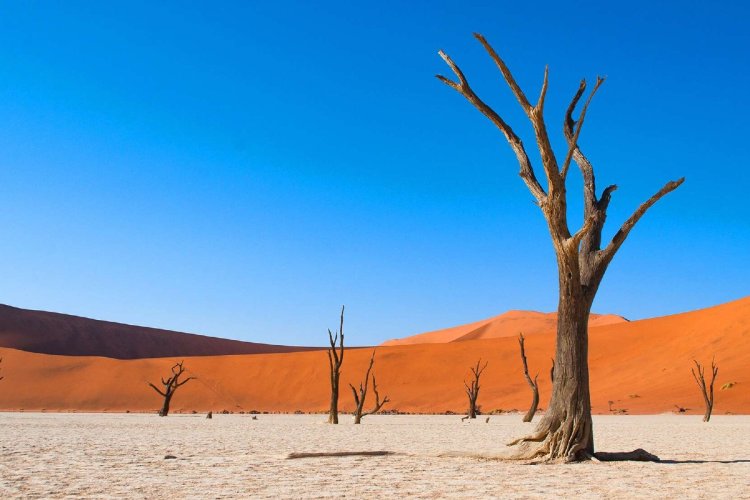
If you associate Africa with malaria, lack of civilization and endless deserts, Namibia will easily dispel these stereotypes. This country is famous for its magnificent national parks, cheerful and friendly locals, colonial architecture and exotic cuisine for tourists. Traveling around Namibia can become a series of amazing discoveries! We will tell you which places are worth visiting on your first trip to fall in love with this country forever.
Namib Desert
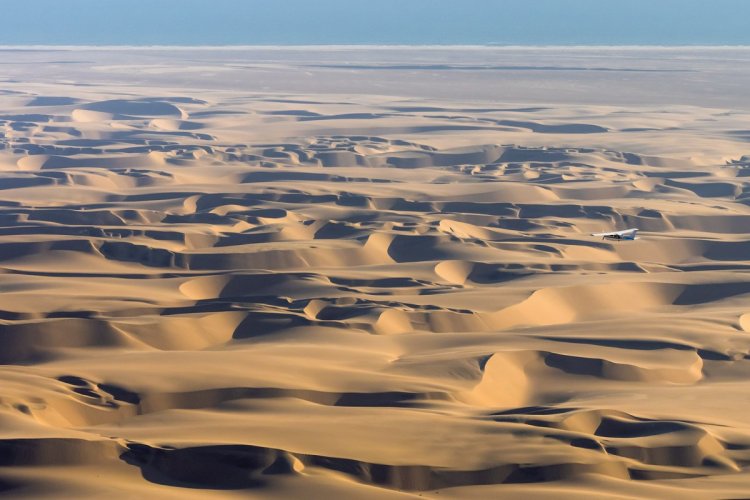
This is a truly amazing place – the oldest desert on Earth, formed, according to scientists, during the time of dinosaurs, approximately 60-80 million years ago. This territory is called the “desert of fogs”: Namib is located on the coast of the Atlantic Ocean, and water vapor often forms over its sand dunes. The desert impresses with its diversity of landscapes – here you can see brown weathered rocks, many canyons of dried-up rivers, huge wandering dunes and vast rubble wastelands interspersed with small oases.
Although Namib translates as “place of nothing” in the Nama language, the desert is home to a variety of flora and fauna. For example, there are plants that can live for up to a thousand years and survive for decades without water. The region is also home to darkling beetles, which are found nowhere else in the world. The desert shores attract seals, various seabirds, and even penguins, which, despite the heat of Africa, nest on the deserted coasts and offshore islands.
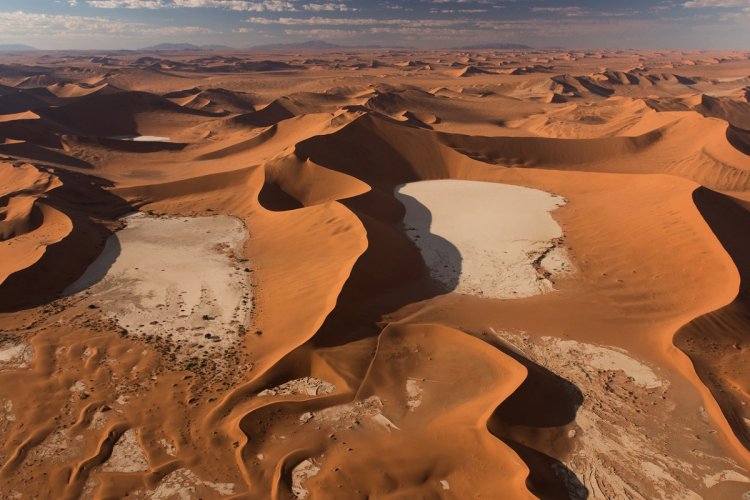
Of particular note is the Sossusvlei plain, which is part of the Namib-Naukluft National Park. Here are the famous red dunes and the Dead Valley, surrounded by the highest dunes in the world, reaching heights of up to 400 meters. The landscapes of this region are constantly changing: the winds constantly change the shape of the dunes, and the sunrises and sunsets play with their colors.
Also worth visiting is Sandwich Harbour, a unique place where the desert meets the ocean. We recommend taking a tour from Swakopmund or Walvis Bay to drive a 4x4 between the dunes and the ocean and enjoy sand drifting.
Another interesting location for lovers of abandoned places is the ghost town of Kolmanskop. It was once a prosperous community that attracted people wanting to work in the diamond industry. By the beginning of the 20th century, European-style houses, a school, a hospital, and even a swimming pool had appeared here. However, when richer deposits were discovered, the diamond miners left the town, and over time, the sand covered all the buildings. Currently, the Kolmanskop area has been turned into an open-air museum. This is not the only ghost town in the Namib Desert: if you are interested in such places, pay attention to Elizabeth Bay, Pomona, and Bogenfels.
Skeleton Coast
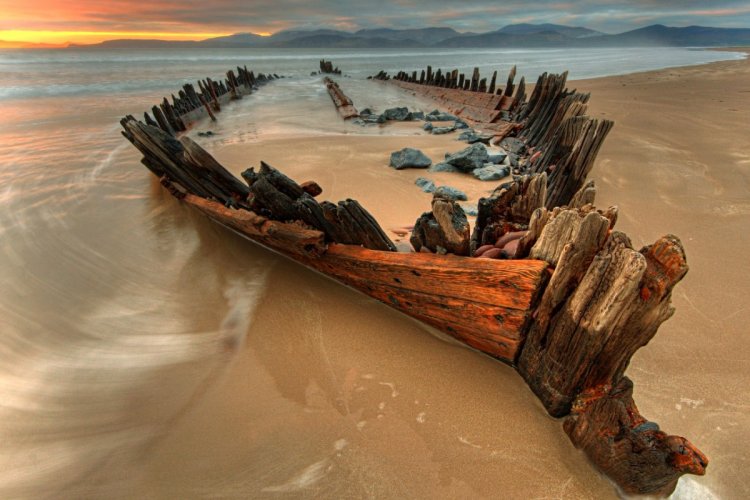
"The land God created in anger" is what the locals call this area. It stretches along the Atlantic coast from the Ugab River to the Kunene River for almost 500 km. Many adventurers, having heard about the diamond wealth in Namibia, rushed here in search of profit, but most ships crashed on the coastal rocks and stones. Fogs, storms and underwater currents made this area even more dangerous. The Skeleton Coast is famous for its shipwrecks: some of them were carried a kilometer inland by strong winds and shifting sand. Boats could moor to the shore, but strong waves made it almost impossible to return by oars. Survivors found themselves in a desert, hundreds of kilometers from populated areas and without access to fresh water, which left them with almost zero chance of salvation.
Today, the Skeleton Coast has become a popular tourist destination and a national park. In the northern part of the reserve, near the Goarusib River, there is an interesting natural monument - the roaring dunes of Terrace Bay. Due to the unique properties of the sand, resonating vibrations create a sound reminiscent of the roar of an airplane engine, which can be heard several kilometers from the dunes.
Kalahari Desert
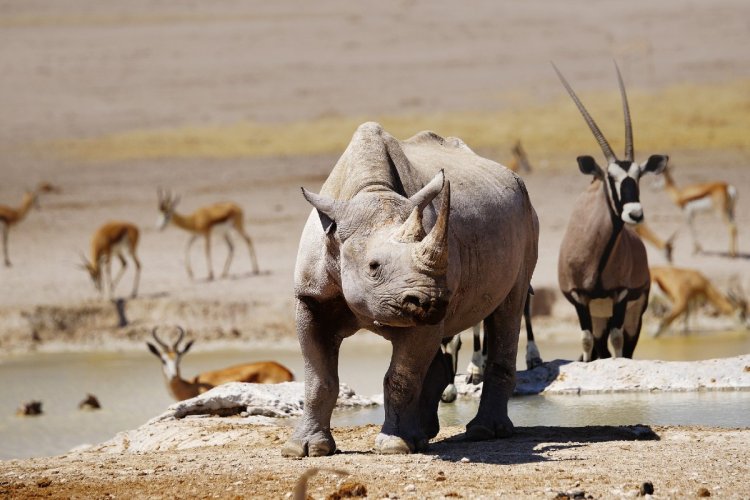
The Kalahari is a less lifeless desert than the Namib: here you can meet giraffes, zebras, gazelles, antelopes, hyenas, honey badgers, black rhinoceroses, lions, cheetahs, leopards, monitor lizards, cobras and other African animals. The number of ostriches is especially impressive: in Namibia they can be seen almost everywhere, but in the Kalahari there are hundreds of them. On the northwestern edge of the desert there is a unique green reserve - Etosha National Park with a salt flat of the same name. The park is full of water bodies (Okaukuejo, Chudob, Klein Namutoni, Batia, Olifantsad), around which animals gather to drink. You can ride on open jeeps along the savannas surrounding the salt lake, finding yourself in close proximity to wild creatures.
Southwest of Etosha is the stunning Damaraland region, where vast sandy fields meet cliffs and mountains. Damaraland features stunning rock formations created by natural forces such as wind, rain and temperature variations. The country’s highest mountains, the Königstein, Spitzkoppe, Pondox and the Brandberg, are located here, making them ideal for mountaineering and trekking. It is also home to the Stone Forest, which contains 250-300 million year old petrified trees, extinct volcanoes, laccoliths and even dinosaur footprints, forever imprinted in the volcanic rock.
Cape Cross
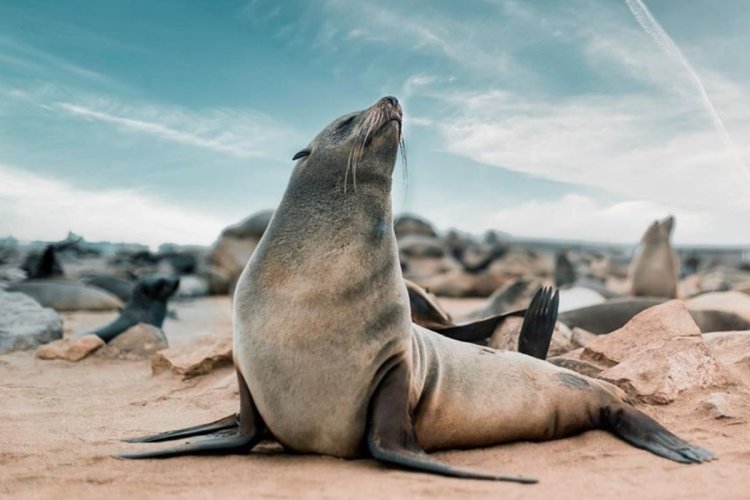
The area around the cape is famous for one of the largest Cape fur seal sanctuaries in the world, and tourists come here to enjoy the spectacle of these funny animals. For the convenience of visitors, wooden paths with viewing platforms have been laid along the rookery, allowing you to approach the seals at arm's length. There are several hundred individuals living in the colony, so be prepared for a distinctive smell in this place - but the experience is definitely worth it!
Cradle of Humankind - Twyfelfontein Plateau
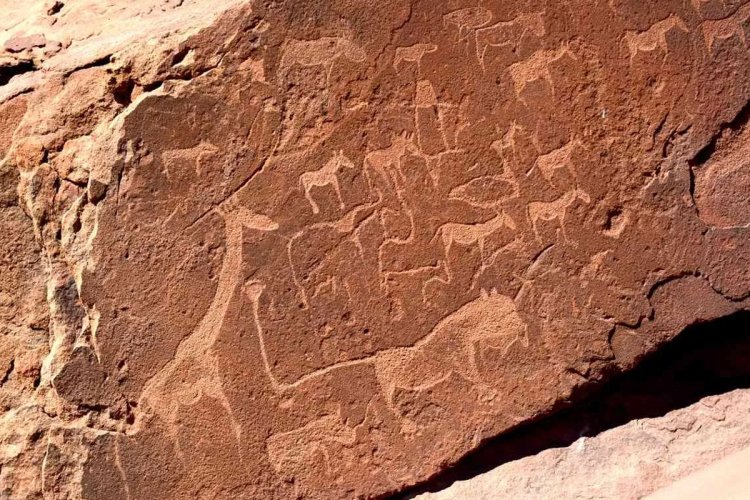
Humanity began its history in Africa, and this continent is home to many sites associated with our distant ancestors. In the Twyfelfontein Valley, located in the arid Damara Mountains, tribes engaged in gathering and hunting lived for centuries. They left behind many rock paintings, the oldest of which date back to the Neolithic era and are over 5,000 years old, while the newest are about 500 years old. Basically, these images represent various African animals (rhinos, antelopes, lions, elephants) and hunters with arrows. There is also “abstract” ancient painting, the meaning of which still remains a mystery to historians and archaeologists.
Himba tribes
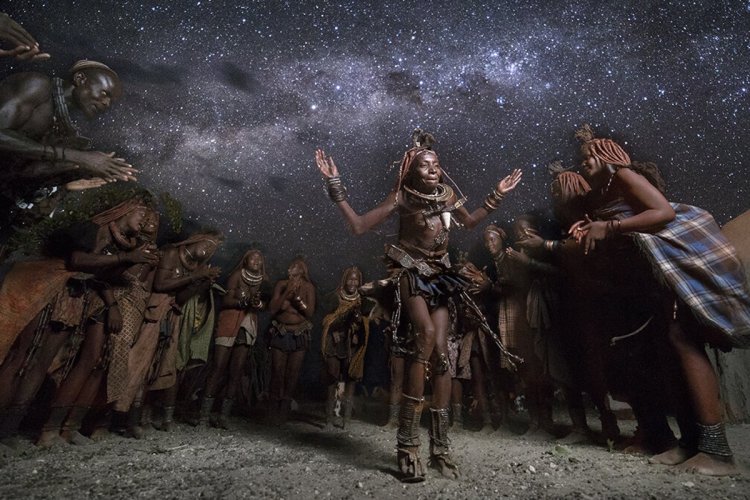
Many tourists travel to African countries to communicate with locals and see how people who have preserved the traditions of their ancestors live. The Himba people live in the northwestern part of Namibia, in the Kunene region, and in the south of Angola. These friendly and smiling people hardly use modern conveniences: they are engaged in cattle breeding and agriculture, believe in local gods, observe traditions and build huts called "kraals". They also make jewelry from leather, copper and iron. Men and women cover their bodies with a mixture of ochre, fat and ash to protect themselves from the sun, which gives their skin a reddish tint. It is best to visit a Himba village with a local guide, who will help negotiate with the chief about the travelers' stay on the tribe's territory. Currently, only a few tens of thousands of Himba people remain, as in 1904 they became victims of genocide by the German colonial authorities.
Traveling to Namibia - a country you've probably seen numerous documentaries about from BBC and Discovery - is one of those trips that happens once in a lifetime. If you do decide to visit this amazingly rich country in West Africa, don't forget to purchase eSIM from fedafone for Namibia and stay in touch even in the real cradle of humanity!
